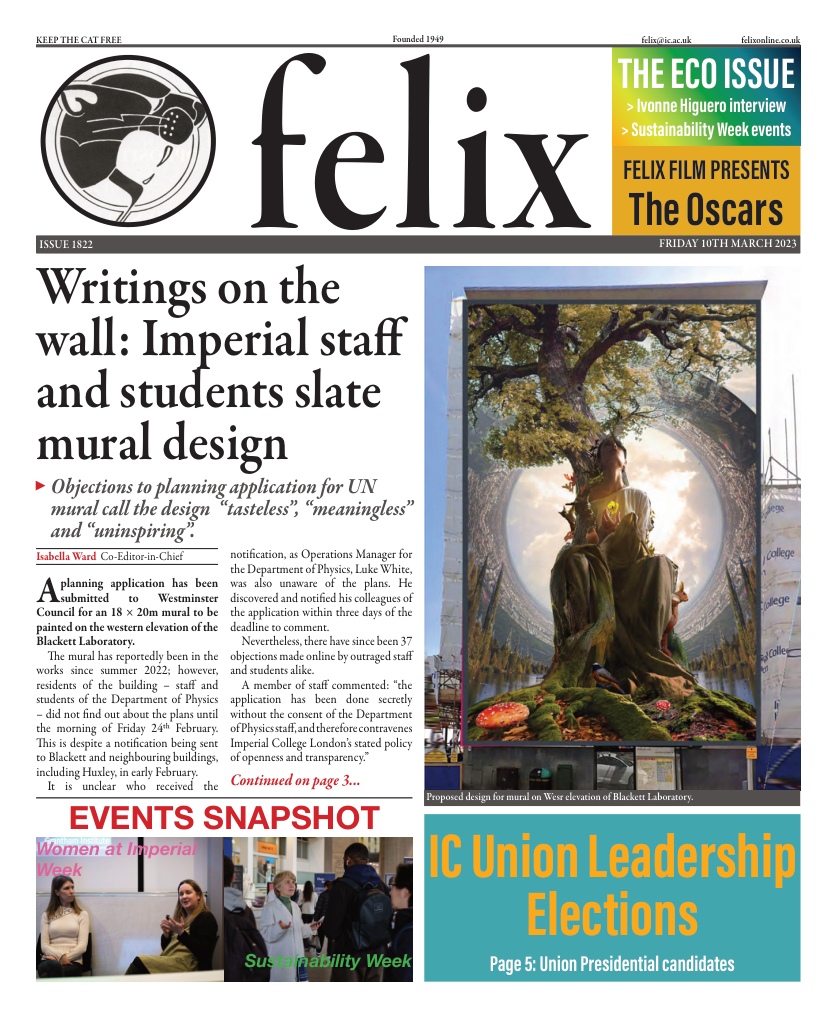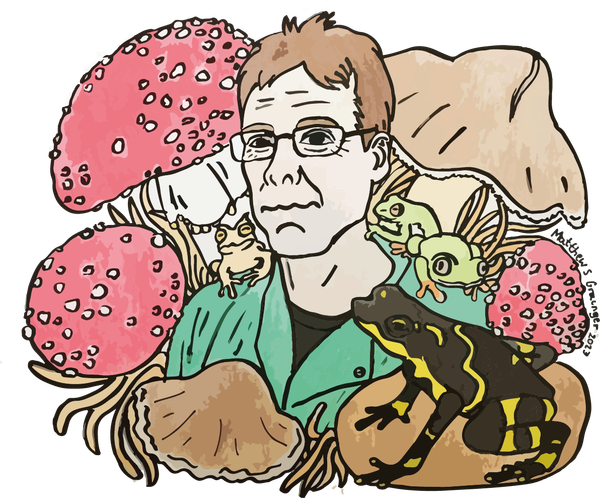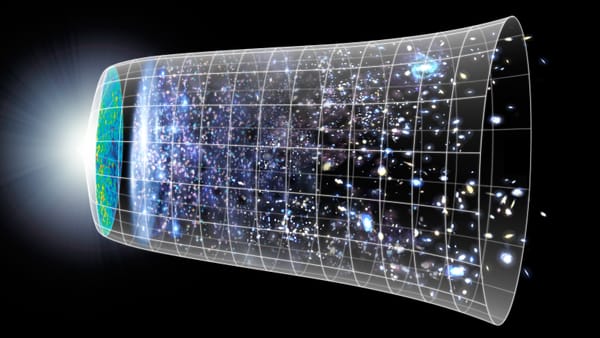Detecting asteroids: in conversation with Sam Deen
From detection to impact: the remarkable story of how data openness and automation are transforming asteroid detection, with astronomer Sam Deen.
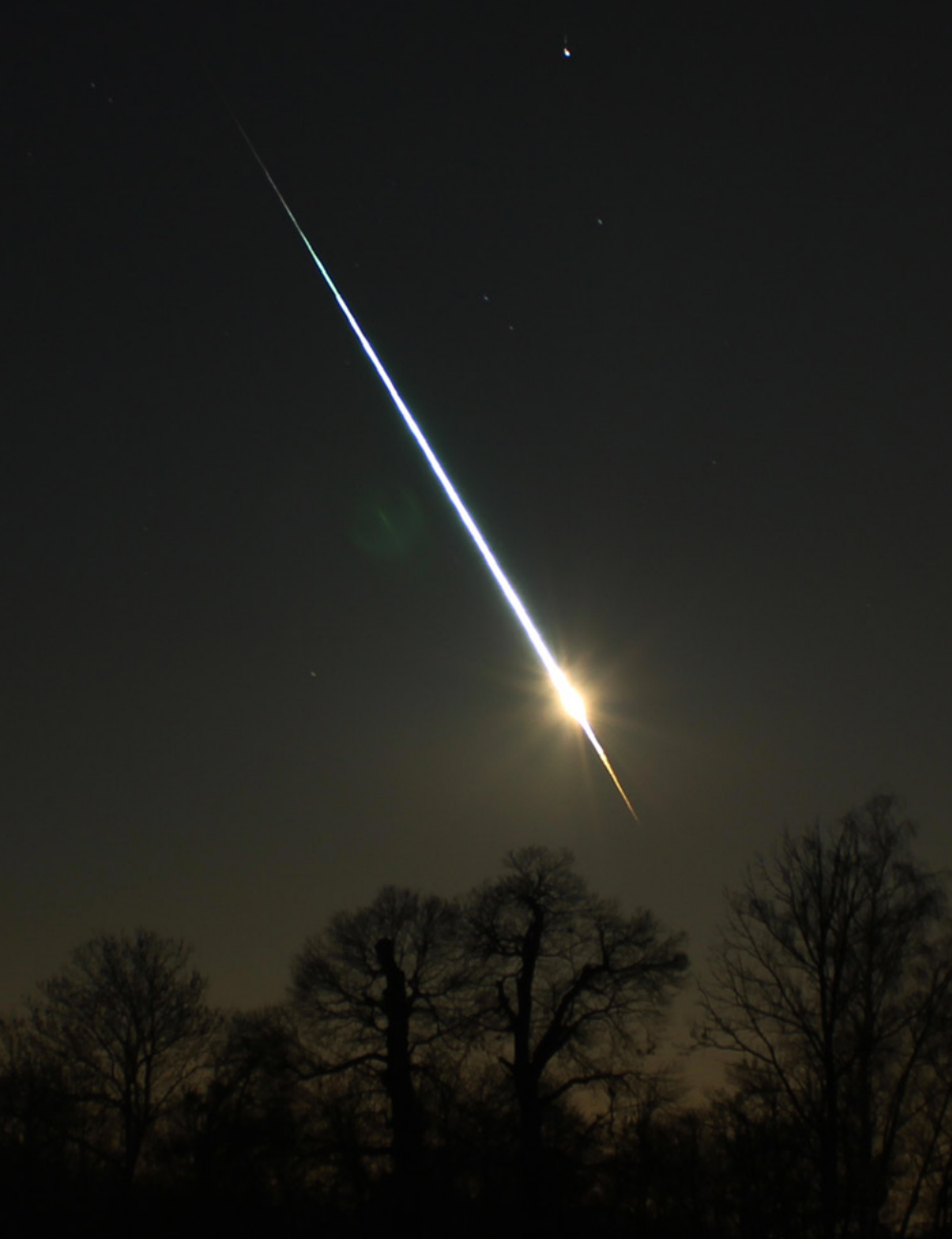
On 13th February 2023 shortly before 03:00 GMT, a small 1m asteroid was seen creating a stunning shooting star as it entered the Earth’s atmosphere and impacted the Earth safely near to the French city of Rouen.
Authorities and space agencies are aware of more than 1.1 million asteroids, with around 30,600 (2.7%) travelling in an orbit that brings them near Earth’s own. The asteroid, originally named Sar2667, was a unique addition to this extensive list, in that it is only one of seven asteroids that we have been capable of detecting before its impact with Earth. I sat down with Sam Deen, a ‘semiamateur astronomer’ who was involved in following up the discovery of the asteroid, coupled with the outreach of its impact with Earth.
Detecting Sar2667
Sam is a subscriber to the Minor Planet Mailing List (MPML), which is an online active list for the minor planet (asteroid) community. The MPML is populated with the world’s best amateur astronomers, as well as many professional astronomers involved in all facets of asteroid and comet research. Sam was alerted on the platform shortly after its discovery by Hungarian astronomer Krisztián Sárneczky, he recalls the event:
“I had a look at initial observations – and thought ‘wow – it’s real! It’s there!’". The ability to predict an asteroid before it hits us is extremely new – being able to see its trajectory in the hours that follow and to track its impact to the exact second was extraordinary”.
Historically, detecting objects like asteroids and supernovae was done through thousands of comparisons of astronomical plates. Now, the process is automated with software. “Once you find and detect an object, it’s uploaded to the Minor Planet Centre, an official body for observing and reporting on minor planets”.
“As it’s uploaded to the database, other observatories around the world can follow up and take more measurements of the object. The longer we observe the object for, the more we can understand its orbit – which requires lots of observations. This procedure was followed for Sar2667, which after initial observations we realised this asteroid was doing something that asteroids don’t usually do. In the first few observations, it was moving distinctly slower than in the last two observations: when an asteroid is distinctly changing its speed over a few minutes, that’s when you should start to be concerned – that either means the object is an alien spacecraft – or it is moving directly towards you!”.
Talking briefly about the specifics of the asteroid, Sam made some comments regarding its size: “it was very small compared to other asteroids, which makes it extremely difficult to find, as small asteroids are rarely detected when they’re not close to Earth. Though it isn’t the smallest we’ve observed – that one was an asteroid that fell over Ontario, Canada last year – it is certainly one of the smallest.”
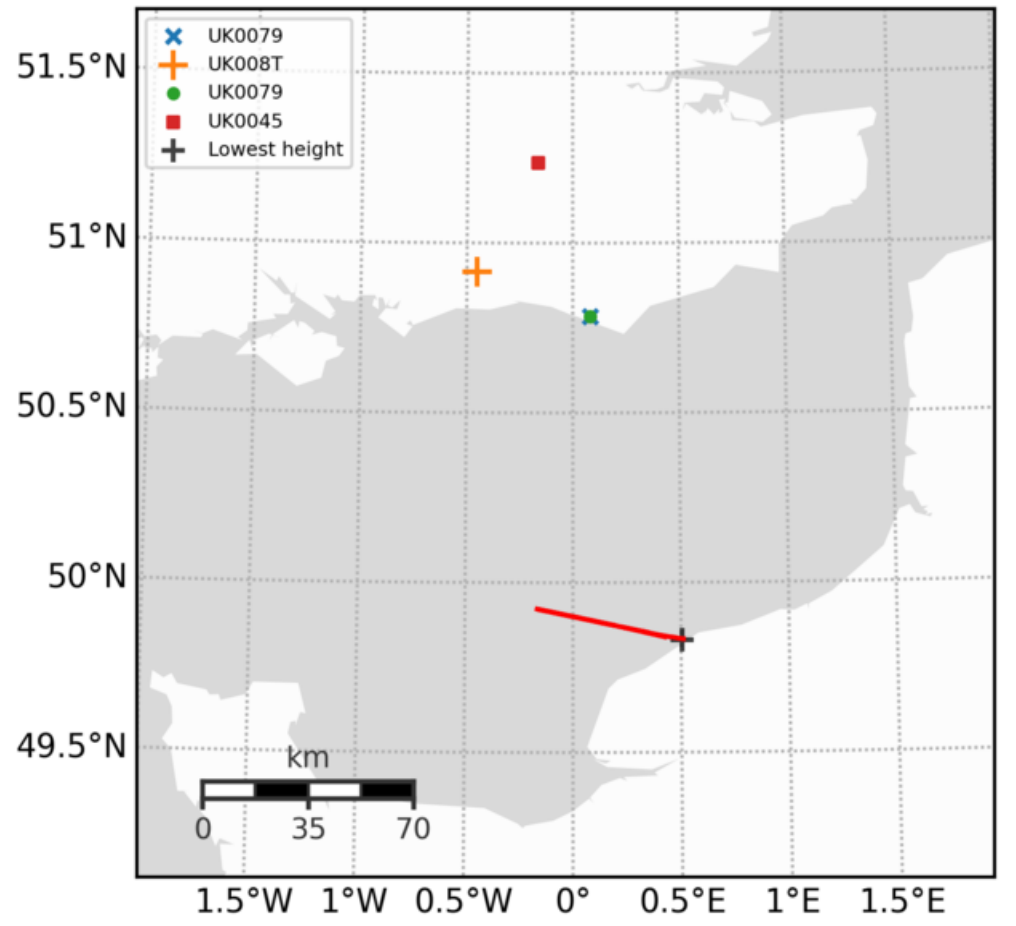
The Sar2667 asteroid was ~1m in length; objects of this size typically impact Earth once every week or two.
“We’ve gone from finding none of these, to now finding one every month. I think asteroid detection will become as predictable as solar eclipses – which is remarkable for the field of astronomy. It’s also quite remarkable to probe how these tiny objects orbit. Smaller asteroids are usually unstable, they don’t survive in the solar system for too long; instead, they usually spin really quick due to the sun, break up into tiny pieces, and cross the Earth hundreds of thousands of times. It so happened to be for Sar2667 that it didn’t avoid Earth this time – it resulted in impact”.
The importance of open data
Sam communicated information about the asteroid impact across social media platforms alongside fellow asteroid enthusiast, Tom Williams, whose TikTok @tw.astrophotography has amassed over 1,000,000 followers of his work. Communicating this event through Tom’s twitter was key to its outreach; his tweet informing his followers about the impact was viewed over 3,500,000 times.
“One of the most impressive things we’ve developed as the minor planet community is the openness of the data. A big thing that has increased our ability to follow up these rare events, is our ability to report and document these events. This is assisted by the field of astronomy with the policy of data openness – we no longer have to wait months before data is published; nor be restricted from closed access journals. The effects of withholding this data would mean impacts like these would go unnoticed.”
“The Vera Rubin Observatory in Chile is a nice example, which is coming online in December this year. One of the main things about this observatory which sets it apart from others: is that they have this policy of data availability. Anytime they discover something – be it an asteroid or supernovae – they instantly report it. That’s not something anyone would’ve considered competent or worth doing 20 years ago”.
“Perhaps the most successful story of this policy is the Zooniverse citizen science project. This project consists of giving real data, taken by a telescope that hasn’t been analysed, to the public to process – in the hope they discover something no-one has ever seen before. A famous discovery from Zooniverse is ‘Hanny’s Voorwerp’, a rare type of astronomical object called a quasar ionization echo, discovered in 2007 by Dutch schoolteacher Hanny van Arkel. She discovered an astronomical object previously unknown to astronomers: imagine how many other discoveries, that we’re yet to uncover, exist in data taken in surveys 10-20 years ago, because no one’s looked at it. That’s what got me into astronomy, anyone can contribute to the field of astronomy with a bit of effort; it needn’t take surveys or heavily funded research projects, it just takes some guy in Hungary to observe and discover two asteroids, one of which was visible to millions across England and northern Europe.”
Future work
Having the opportunity to speak with Sam broadly about his work in the detection of asteroids, coupled with the outreach role he had in the event of this asteroid impact, was incredibly insightful. Sam continues to explore his interests in astronomy, namely researching dark comets.
He recently co-authored a paper published in The Planetary Science Journal titled: ‘Dark Comets? Unexpectedly Large Non-gravitational Accelerations on a Sample of Small Asteroids’. His work within the field of astronomy has exemplified the importance of data-openness, and challenges common misconceptions a lot of people have of astronomy: it’s not just for those in lab coats hiding away in observatories overnight – it’s accessible to all.


